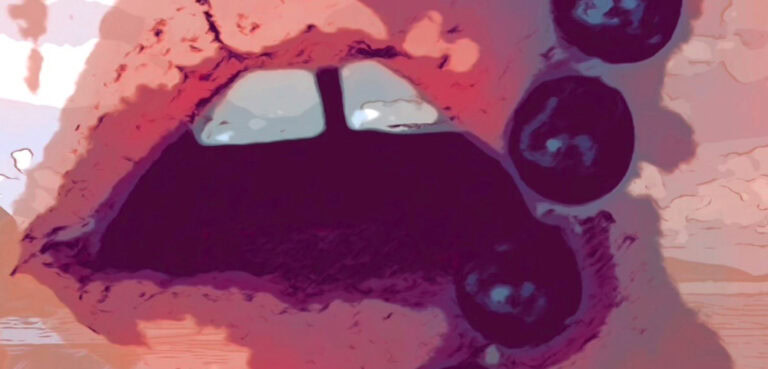
Why saying “I’d turn gay for Ruby Rose” is okay
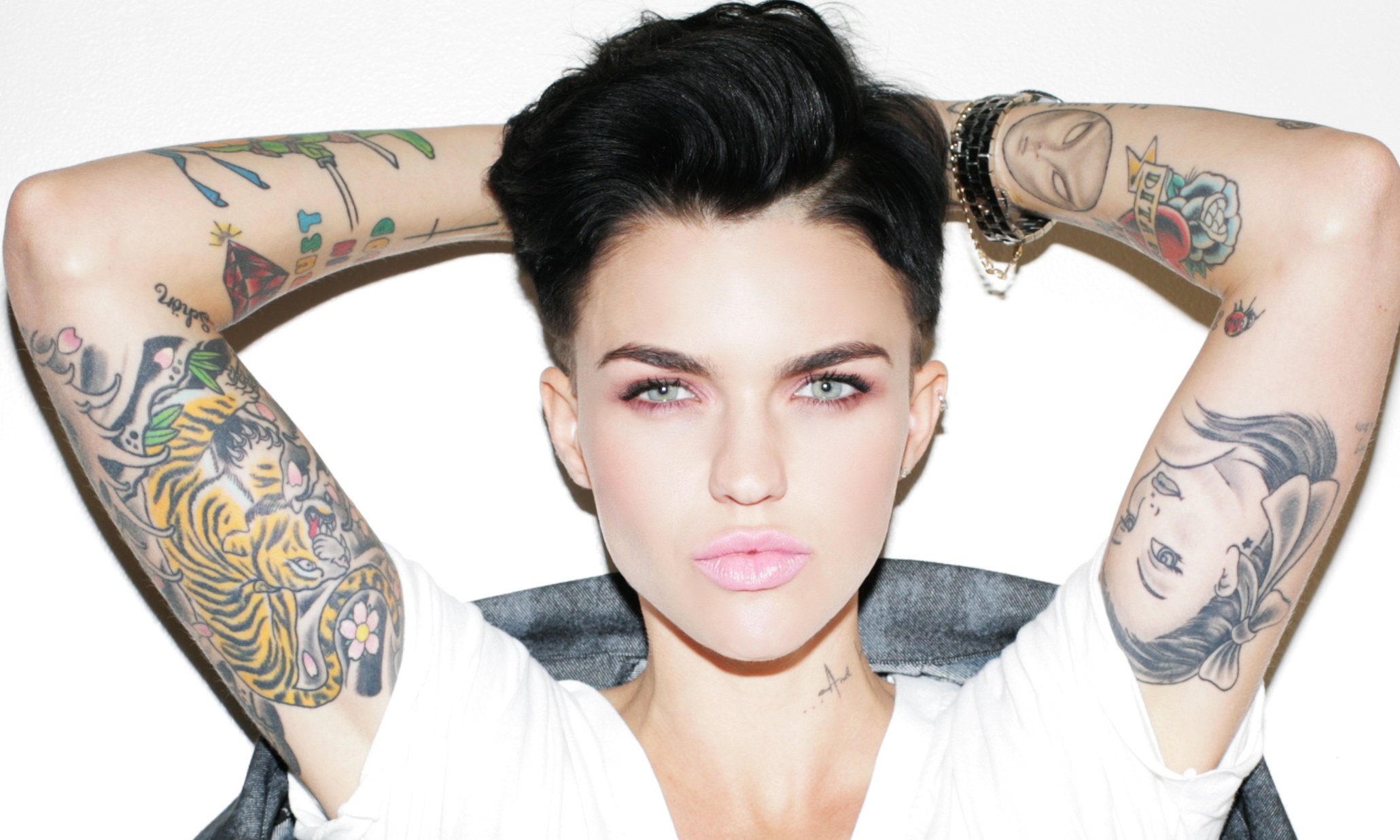
IT saddens me how many LGBTI people – myself included – wrote off their attraction to the same sex as “admiration” or “purely aesthetics” before they came to terms with the fact that they weren’t straight.
As time passes, and as I begin to notice the gaps between “fully realised”/out queer people and more tentative explorers of their sexuality, I begin to realise how many poisonous attitudes are perpetuated by people from all walks of life. I realised that policing is so common and that quite often, individuals are denied the right to self-narrate their experiences.
Indeed, this may happen more often to women, who are socialised to react with other women a certain way as a form of camaraderie, when in fact there may be romantic or sexual feelings underneath those interactions.
Nowhere have I seen this happen more than on the internet, where a lot of young girls and women have expressed an interest in Ruby Rose.
“I would turn lesbian for Ruby Rose!” is actually a recurring motif on all forms of social media. Young girls will share and re-blog images of the non-binary Australian actor with great enthusiasm and she has amassed somewhat of a cult following.
While the aforementioned phrase might not be the best way to word things, I feel it’s important to emphasise free attraction and encourage young women to feel open about exploring their sexuality.
By shooting them down we encourage silence and sexual repression. It’s not conducive to a welcoming or accepting environment.
For me, I found that I had to find different ways to express my attraction to the “same sex” outside of a necessarily “queer” context before I reached a point I could do it honestly and directly.
Obviously society is incredibly invested in telling people that there’s only one way to feel attraction and it’s the way they feel attraction to men (even if they might not compulsory heterosexuality) and if their attraction to women feels even a little bit different then obviously it’s not real and they’re really just straight.
But that’s horse shit.
There’s a billion reasons why experiencing attraction to women and experiencing attraction to men would differ for women like, the fact that our virulently homophobic and misogynistic society grooms young women into heterosexuality before they’ve even learned to walk or talk while explicitly dissuading them from any same- gender feelings.
There’s an entire script for how women are supposed to feel about men laid out for them before they can even start forming an identity.
They’re supposed to want a nice nuclear family, they’re supposed to fantasise about countless heterosexual narratives and the dominant rhetoric around sex – what they’re supposed to desire is constantly enforced by peers, media, the state, the education system, everyone around them. This kind of value system is done very purposefully to infantilise and control certain people so that they don’t stray from societal norms.
There’s no script for how women are “supposed” to be attracted to women apart from, y’know, not at all.
If you’re one of those people who feels like they’re not “allowed” to identify as gay/bi because your attraction to women doesn’t match what you had shoved down your throat all your life by compulsory heterosexuality: your feelings are valid, your attraction to women is valid, you are welcome among LGBTI scenes and you don’t need to doubt yourself.
Jonno Revanche is a writer based in Sydney, and is the editor of Vaeinzine.
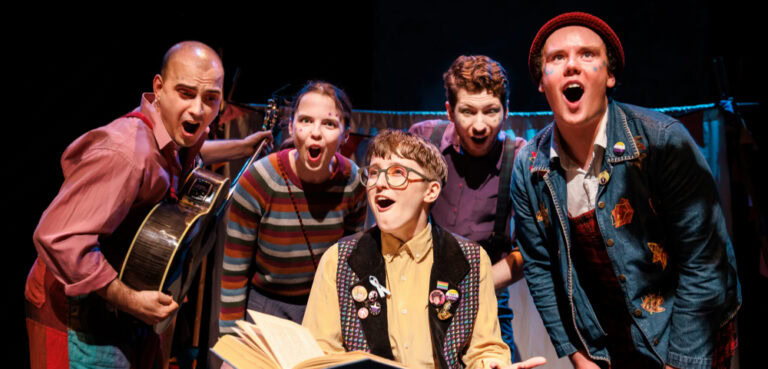

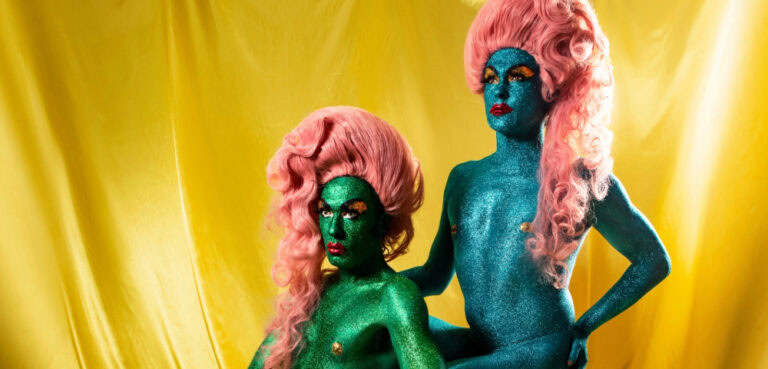





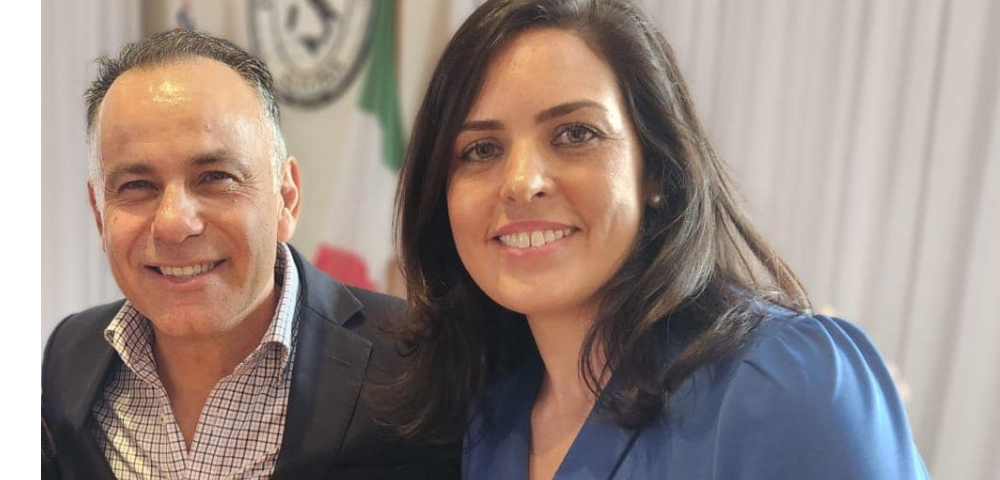

It’s not really okay though in the sense that if these people also experience different-gender attraction they’re multisexual, so to just say ‘turning gay’ or ‘turning lesbian’ is erasive of multisexuals, including bi and pan people who experience a lot of bigotry from both queer and straight people.
I really encourage people who discover a same-gender as well as different-gender attraction to consider that they may be multisexual rather than jumping right to assuming they’ve changed from one end of the spectrum to the other.